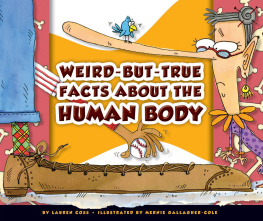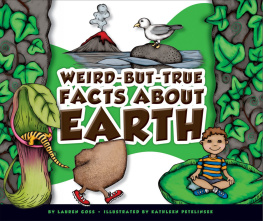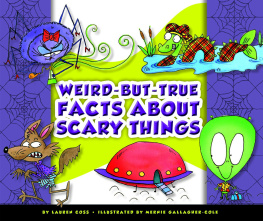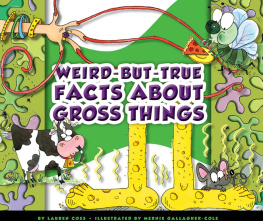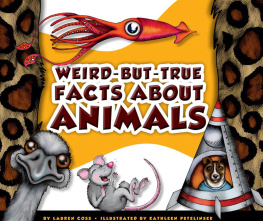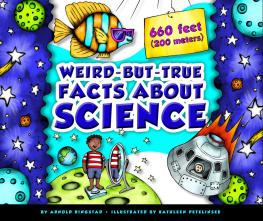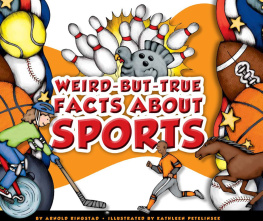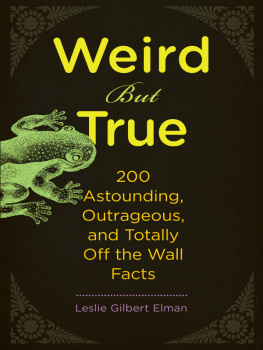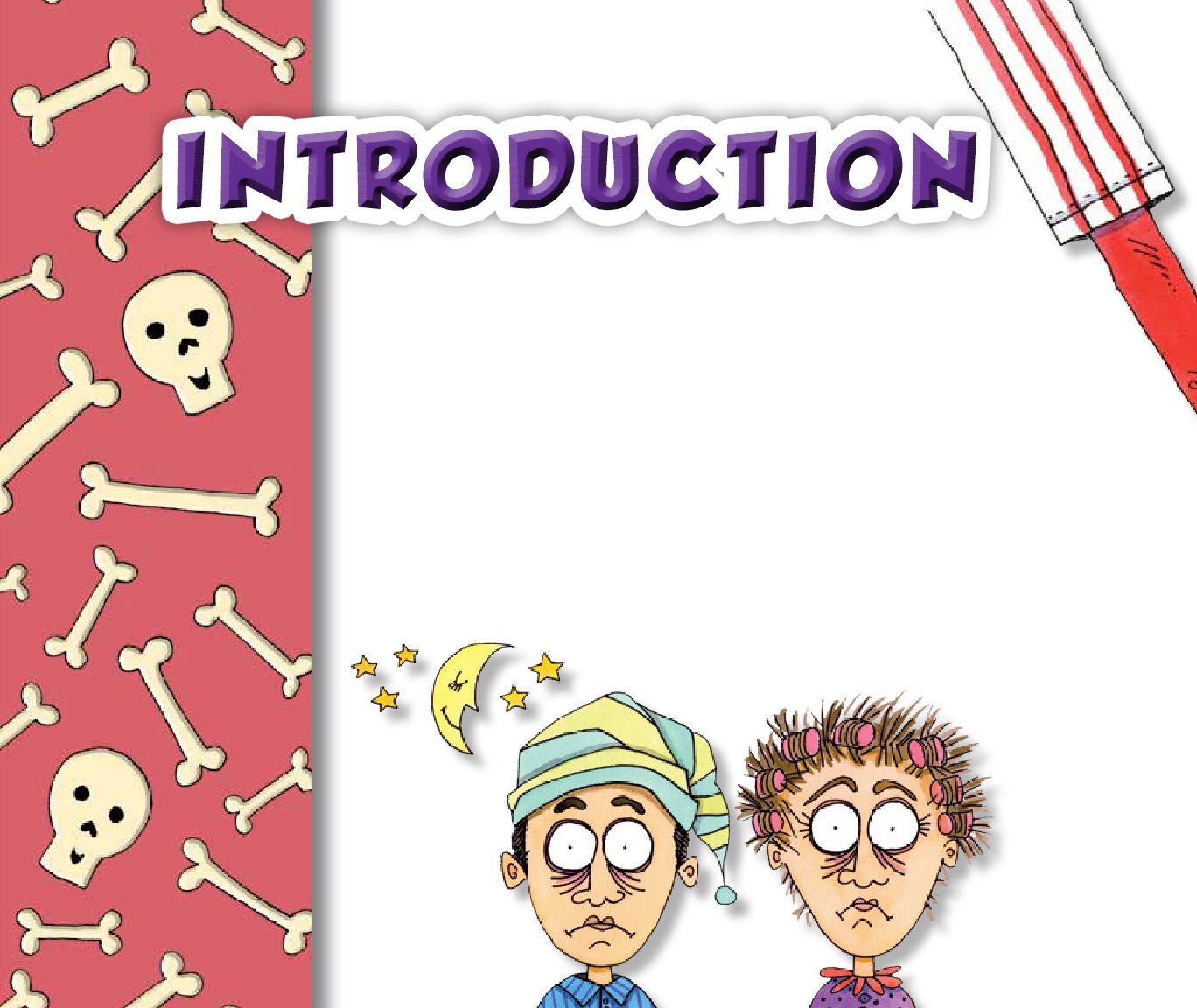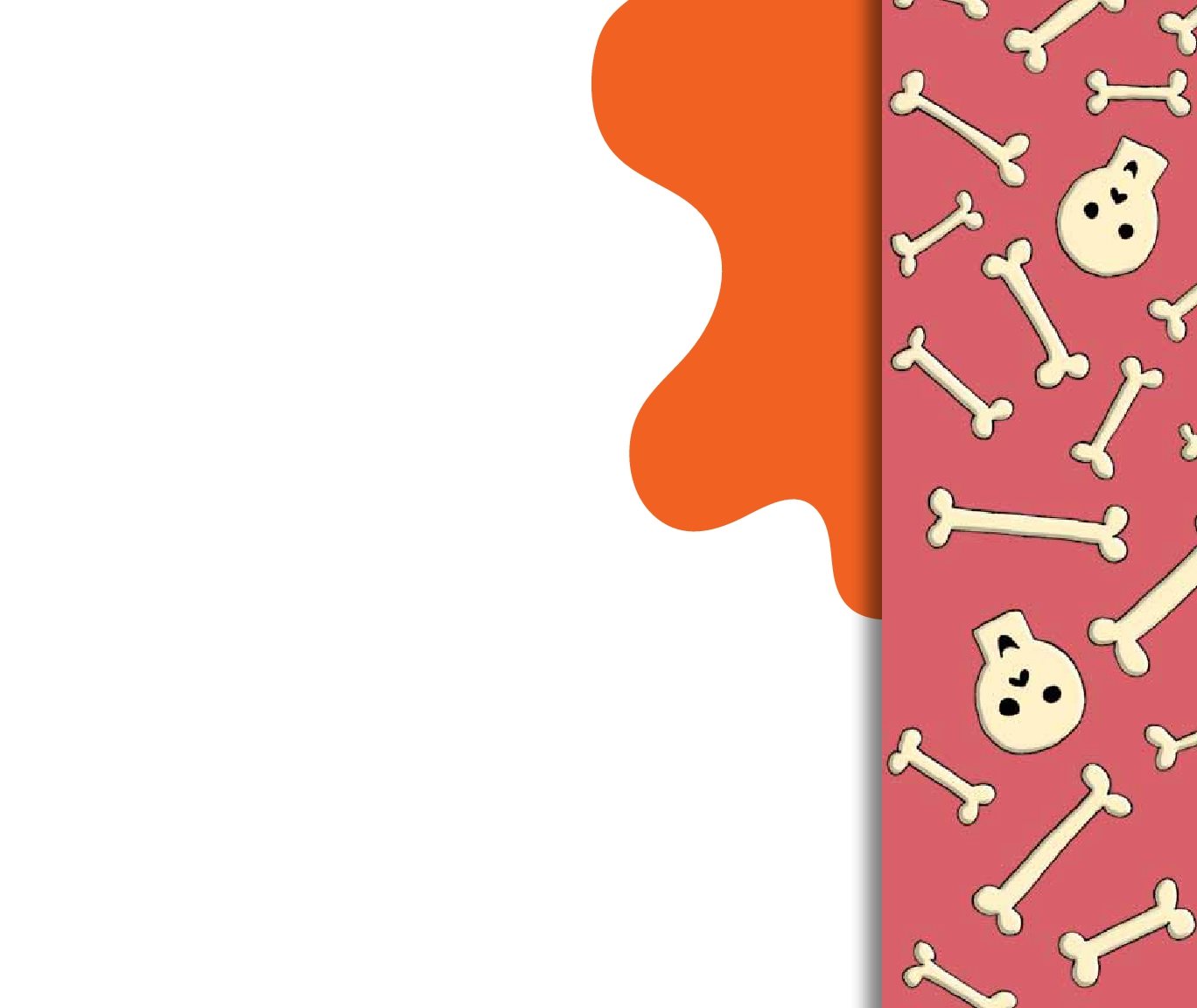Published by The Childs World
1980 Lookout Drive Mankato, MN 56003-1705
800-599-READ www.childsworld.com
Acknowledgments
The Childs World: Mary Berendes, Publishing Director
Red Line Editorial: Editorial direction
The Design Lab: Design
Amnet: Production
Copyright 2013 by The Childs World
All rights reserved. No part of this book may be
reproduced or utilized in any form or by any means
without written permission from the publisher.
ISBN 9781614734192
LCCN 2012946526
Printed in the United States of America
Mankato, MN
November, 2012
PA02143
About the Author
Lauren Coss is an author and editor
living in Saint Paul, Minnesota. She has
some of her best ideas while dreaming.
About the Illustrator
A former greeting card artist, Mernie
Gallagher-Cole is a freelance illustrator
with over 28 years experience
illustrating for children. Her charming
illustrations can be found on greeting
cards, party goods, games, puzzles,
childrens books, and now e-books and
educational game apps! She lives in
Philadelphia with her husband and
two children.
From head to toe, there is more going on
inside and outside of you than meets the eye.
The human body can be a weird and wild
place. From tongue prints to fuzzy intestines,
the human body involves all kinds of weird
but-true facts. Get ready to learn all about
the incredible human body. And remember,
even though these facts might seem too
bizarre to believe, they are all true!
The human brain
is bright pink.
The average
human brain
weighs only 3
pounds (1.4 kg).
Thats less than half the weight
of an average humans skin.
Many great thinkers
have claimed to get
some of their best
ideas while snoozing.
Dmitri Mendeleev, who created the
periodic table of elements, said the idea
for the organization of the table came
to him in a dream. Studies have shown
dreaming is linked to memory and
learning. Researchers speculate that
dreams help people make sense of what
they saw or did during the day.
Listening to Mozart doesnt
actually make you smarter.
A 1990s study suggested that students who listened
to music by Wolfgang Amadeus Mozart scored higher
on IQ tests. However, the results from the study have
never been reproduced. There is no scientific proof
the music has any effect on intelligence.
The number of hairs
on a persons head is
related to hair color.
On average, blonds have the most hair
follicles . Redheads have the least.
Curly hair tangles less
than straight hair.
Straight hair tends to be finer than curly
hair, which makes it more likely to knot up.
Human hair is
extremely strong.
Each strand of hair can support 3.5
ounces (100 g). Together, the hair
from an average head could support
the weight of at least two elephants.
Most people lose
an average of 100
hairs every day.
Its no wonder your shower drain
gets clogged sometimes!
In 2007, a man pulled an
airplane using only his ears.
Great Britains Manjit Singh pulled the 41-passenger
plane 12 feet (3.9 m). He used a harness attached to
his ears to lug the 7.4-ton (6.8 t) aircraft.
People have
been piercing
their ears for
thousands
of years.
In 1991, the remains of a man who
had lived more than 5,000 years
ago were discovered in an Italian
glacier. The man, nicknamed tzi,
had both his earlobes pierced.
The part of the world your family came from
determines what type of earwax you have.
There are two kinds of earwax: sticky and dry. People of European or African descent
usually have sticky earwax. People of Asian or American Indian ancestry usually have
dry earwax. Scientists can study earwax to help them figure out how early humans
traveled around the world.
The tongue is one
of the strongest
muscles in the
human body.
It is also one of the busiest. Even
while you are sleeping, your
tongue is hard at work pushing
saliva down your throat.
Human tongue prints are
completely unique.
Similar to fingerprints, no two tongue prints are alike.
Dimples form in unborn
babies when a tiny area
of skin attaches to the
muscle below.
Your nose and ears will
keep getting bigger for
the rest of your life.
Most peoples bones are fully formed by the
time they are 25 years old. But your ears
and most of your nose are made of cartilage ,
which never stops growing.
An average human makes
enough spit in a lifetime to
fill two swimming pools.
This is equal to about 25,000 quarts (24,000 L) of saliva.
A human nose can detect
more than 10,000 smells.
This may sound like a lot, but its nothing compared to
other animals. Some dogs have a sense of smell more
than 100,000 times better than a humans.
One in three humans
sneeze when they
look at the sun or
another bright light.
This is called photic sneezing.

